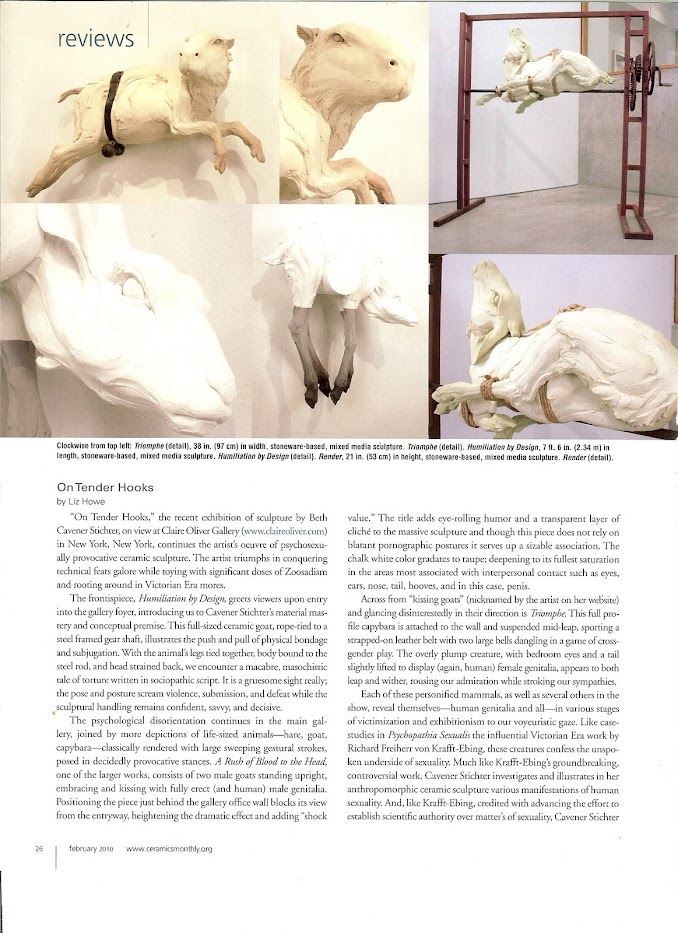(please) drop me in the water...
sandstone boulders! This was our welcome sign to Bluff, UT. A marvelous navigational marker and hint of views to come. This harsh, dry region is an awe inspiring example of erosion and emptiness. It is also potent blend of beauty and danger. As we drove across the immensely empty land past hundreds of deep arroyos (dry creek beds) I felt a deepening concern for water, food and shelter. The oppressive heat of the sun motivated me as lead navigator to check and double check the GPS ensuring our whereabouts, direction and distance from the town of Bluff. My city girl lifestyle had clearly not prepared me for this environmental openness. The resultant midday sense of raw exposure kicked into gear my self-preservative instincts on par with a midnight walk alone down a dangerous city street. Of course there was no real cause for distress (as long as the car didn't break down!) but still at a lower internal frequency, not managed by logic or reason my heart beat quickened and my focus shifted from sightseeing to site-finding! It was a weird and unexpected response to the land.
Wikipedia describes the town of Bluff as such:
Under the direction of John Taylor, Silas S. Smith led about 230 Mormons on expedition to start a farming community in southeastern Utah. After forging about 200 miles (320 kilometers) of their own trail over difficult terrain, the settlers arrived on the site of Bluff in April 1880. (The trail followed went over and down the "Hole In the Rock," which now opens into one of the tributaries of Lake Powell.) The town survived despite hostilities from Navajos, Utes, belligerent cattlemen, outlaws, and nature. The town’s population had declined to seventy by 1930 but rebounded during a uranium prospecting. With the uranium decline in the 1970s Bluff again declined and now remains a small town with about 300 residents. boom in the 1950s.





Comments